China, South Korea, and the US have increased purchases, helping Vietnam's processed fruits and vegetables thrive in the first months of the year, reducing the situation of "good harvest, low prices" in recent years.
Mr. Nguyen Van Thu - Chairman of the Board of Directors of GC Food - said that the purchasing power of domestic consumers for processed fruits and vegetables slowed down at the beginning of the year, but in the world, it still increased. High-quality, healthy products are increasingly prioritized in the shopping basket of consumers in many countries.
"At the beginning of the year, the company's export revenue increased by 10% compared to the same period last year. We have orders for the whole year with high output and value. In particular, Korea and Japan are the markets that favor Vietnamese aloe vera and coconut jelly," said Mr. Thu.
Ms. Nguyen Thi Thanh Ha - CEO of Westfood Food Processing Export Joint Stock Company - also said that sales volume in the first two months of the year increased by nearly 50% compared to the same period in 2023. In particular, the European, American, Australian and New Zealand markets all increased sharply. This shows the increasing potential and preference for processed fruits and vegetables.
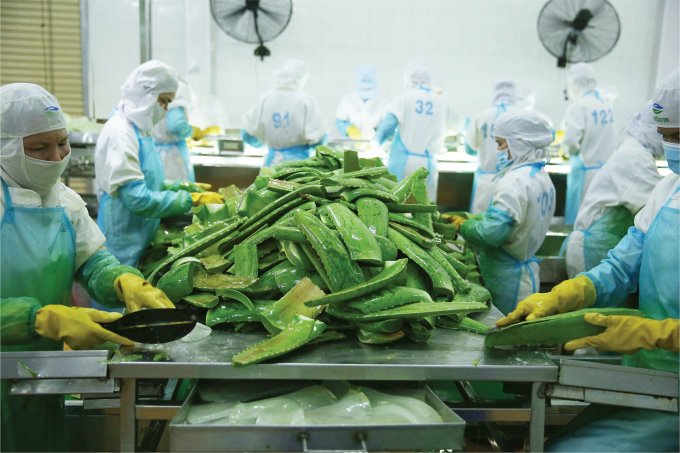
GC Food's aloe vera processing factory in Ninh Thuan . Photo: Linh Dan
According to Ms. Ha, the world's food demand is leaning towards processed products. In the US market, her company's canned products are growing at the fastest rate, nearly 7 times higher than the same period in 2023. In Europe - a market with many technical barriers - it has also grown by over 30% compared to the same period last year.
Similarly, Vinamit - a company with a large market share in dried fruit exported to China - also has regular orders. Vinamit CEO Nguyen Lam Vien said that bananas, dried jackfruit, frozen durian... will be booming products this year.
Enterprises believe that Vietnam has many advantages with abundant supply and competitive production costs. Meanwhile, El Nino in the world is causing the harvest season of competitors such as Thailand, Peru, Ecuador to be delayed and greatly affecting the supply output. Especially in the Chinese market, Vietnam has many advantages in terms of fast delivery time, low transportation costs...
Data from the Vietnam Fruit and Vegetable Association shows that from 2022 to now, processed fruit and vegetable exports have always reached over 1 billion USD. In 2023 alone, exports of this item reached nearly 1.3 billion USD, an increase of 20% over the same period last year.
Mr. Dang Phuc Nguyen, General Secretary of the Vietnam Fruit and Vegetable Association, assessed that processed fruits and vegetables have officially joined the billion-dollar "club" of the agricultural sector. It is expected that exports from this sector this year could reach nearly 1.6 billion USD.
"Currently, China has allowed Vietnam to export frozen durian to this market, so the turnover of processed fruits and vegetables could reach 2 billion USD," he predicted.
Sharing the same view, Mr. Vien said that when China consumes more processed fruits and vegetables from Vietnam, the price of agricultural products will stabilize and farmers will not have to worry about "good harvest, low price". Processed ingredients also have a longer preservation time, reducing waste and disposal.
In addition to the Chinese market, according to Mr. Nguyen Van Thu, new potential markets such as Central Asia, Eastern Europe, and India also favor Vietnamese fruits and vegetables because the products are of high quality, delicious, and competitively priced.
According to the Ministry of Agriculture and Rural Development of Vietnam, processed fruits and vegetables account for 24% of the total export turnover of fruits and vegetables. Currently, the scale of the world processed fruit and vegetable market is large, forecast to reach about 392 billion USD by 2025. With the advantage of being a country with abundant supply, Vietnam will have a foothold in the international market when many businesses participate in sustainable value chains.
However, experts say Vietnam also faces the risk of reduced raw material supply. Tensions in the Red Sea region have caused freight rates to increase. Typically, freight rates for shipments from Vietnam to the EU have increased 3-5 times compared to the same period last year. Shipping lines have had to change schedules for extended periods, and some shipping routes have had to stop, leading to shortages and increasing costs.
To create momentum for growth, businesses said they are expanding their scale and creating sustainable raw material areas. At GC Food, this year, the company has invested in upgrading its production line with a capacity of 25,000 tons for the Aloe Vera factory and 20,000 tons for the Coconut Jelly factory. With the aloe vera leaf raw material area, the company is still investing in close cooperation with farmers. This supply will meet 30% of the company's total demand this year.
With Vinamit, in addition to creating its own raw material areas, this enterprise also links with thousands of farmers to create a value chain.
Meanwhile, Westfood said it is proactively developing nurseries and raw material areas expected to reach 1,000 hectares in the Mekong Delta region, focusing mainly on MD2 pineapples, mangoes, papayas...
Thi Ha
Source link






![[Photo] Binh Trieu 1 Bridge has been completed, raised by 1.1m, and will open to traffic at the end of November.](https://vphoto.vietnam.vn/thumb/1200x675/vietnam/resource/IMAGE/2025/10/2/a6549e2a3b5848a1ba76a1ded6141fae)

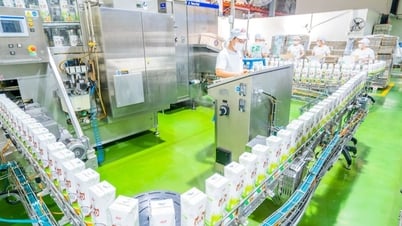

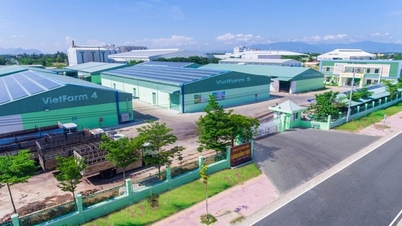


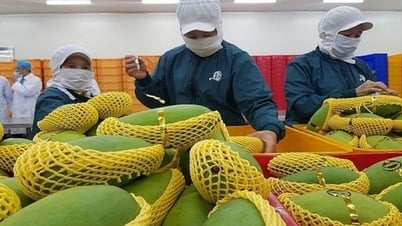

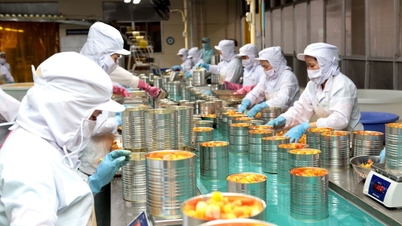

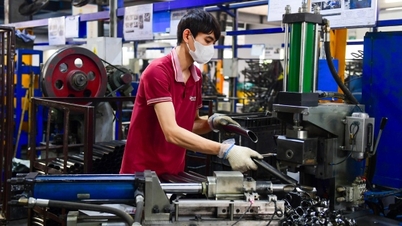






























































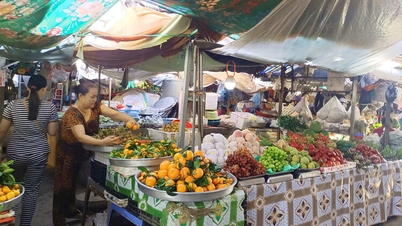


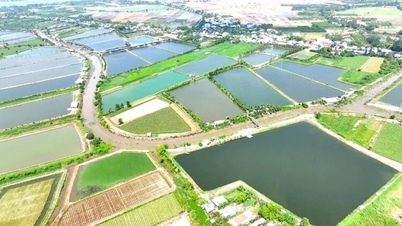
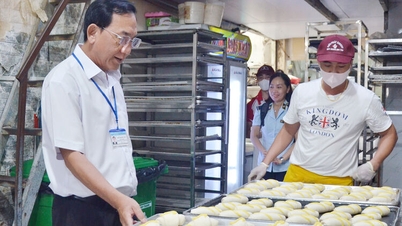
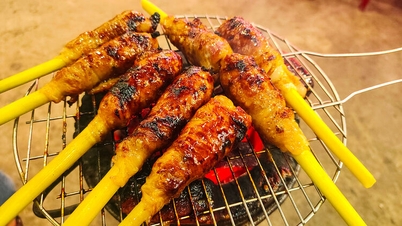














Comment (0)